Expanding Applications of Nanoceramics
The expanding applications of nanoceramics are significantly influencing the Nanoceramic Market. Industries such as automotive, healthcare, and energy are increasingly adopting nanoceramic materials due to their unique properties, including high hardness, low thermal conductivity, and excellent chemical resistance. For example, in the automotive sector, nanoceramics are utilized in brake pads and engine components, enhancing performance and durability. The healthcare industry is also leveraging nanoceramics for drug delivery systems and dental applications, which are projected to grow at a rate of 15% over the next few years. This diversification of applications is likely to drive demand and innovation within the Nanoceramic Market.
Investment in Research and Development
Investment in research and development is a crucial factor propelling the Nanoceramic Market. Companies are allocating significant resources to explore new formulations and applications of nanoceramics, aiming to stay competitive in a rapidly evolving market. This focus on R&D is fostering innovation, leading to the discovery of novel nanoceramic composites that offer enhanced properties and functionalities. For instance, recent studies indicate that investments in R&D within the nanoceramic sector could yield breakthroughs in energy storage and conversion technologies, potentially increasing market size by 15% over the next decade. Such investments are likely to shape the future trajectory of the Nanoceramic Market, driving growth and technological advancement.
Rising Demand for High-Performance Materials
The rising demand for high-performance materials is a key driver in the Nanoceramic Market. As industries seek materials that can withstand extreme conditions, the unique properties of nanoceramics, such as high strength-to-weight ratios and thermal stability, are becoming increasingly desirable. The aerospace and defense sectors, in particular, are investing heavily in nanoceramic technologies to enhance the performance of components subjected to high stress and temperature. Market analysis suggests that the demand for high-performance nanoceramics could increase by 20% in the next five years, driven by the need for advanced materials that meet stringent performance criteria. This trend underscores the pivotal role of high-performance materials in the Nanoceramic Market.
Sustainability Initiatives in Nanoceramic Market
Sustainability initiatives are becoming increasingly pivotal within the Nanoceramic Market. As environmental concerns rise, manufacturers are focusing on eco-friendly production processes and materials. The shift towards sustainable practices is evident in the development of biodegradable nanoceramics and the recycling of waste materials in production. This transition not only reduces the carbon footprint but also aligns with global regulatory frameworks aimed at promoting sustainable manufacturing. The market for sustainable nanoceramics is expected to witness a growth rate of approximately 10% annually, reflecting a growing consumer preference for environmentally responsible products. Consequently, sustainability initiatives are likely to play a crucial role in shaping the future landscape of the Nanoceramic Market.
Technological Advancements in Nanoceramic Market
The Nanoceramic Market is experiencing a surge in technological advancements that enhance product performance and application versatility. Innovations in synthesis methods, such as sol-gel processes and chemical vapor deposition, are enabling the production of nanoceramics with superior properties. These advancements are not only improving mechanical strength and thermal stability but also expanding the range of applications in sectors like electronics, aerospace, and biomedical. For instance, the integration of nanoceramics in electronic devices is projected to grow at a compound annual growth rate of 12% over the next five years. This trend indicates a robust demand for advanced materials that can withstand extreme conditions, thereby driving the Nanoceramic Market forward.


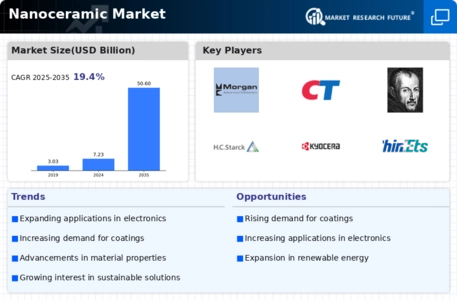
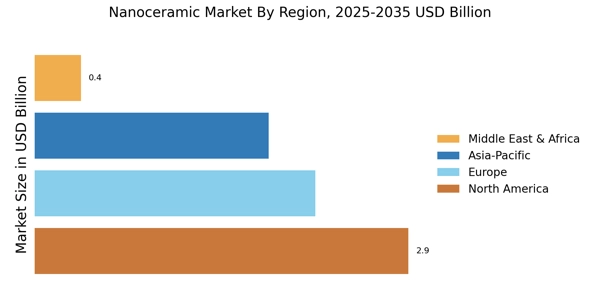

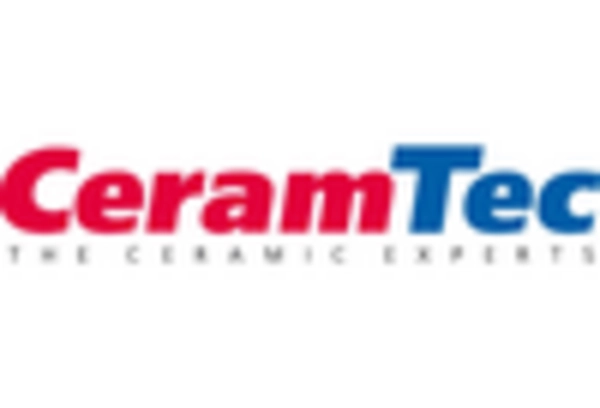
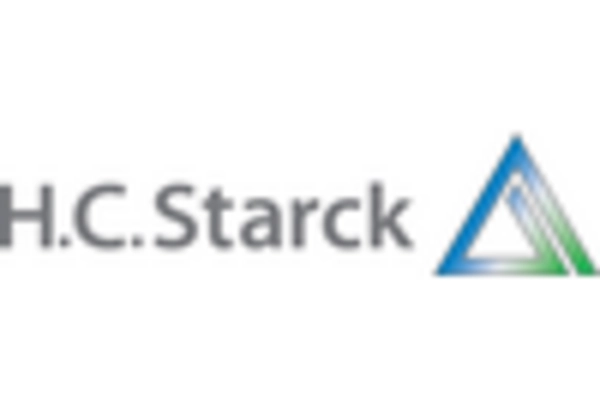
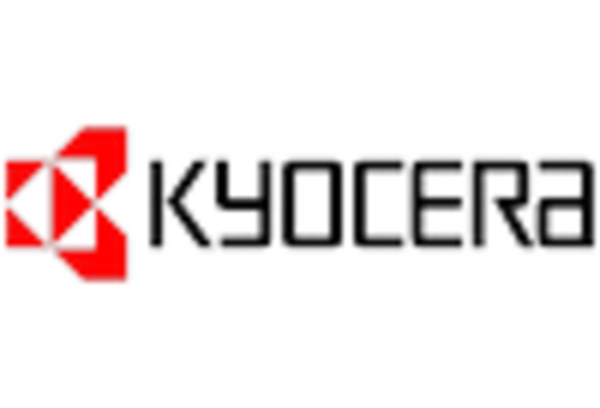
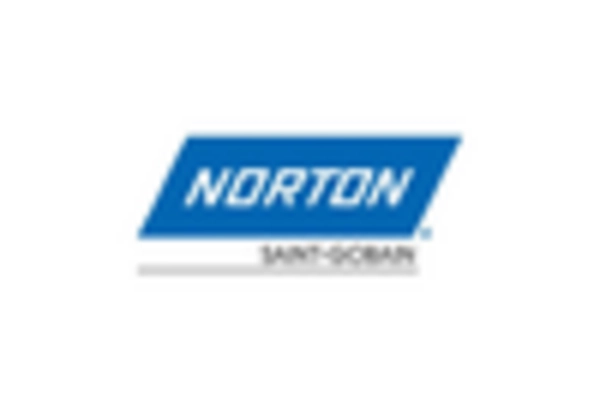









Leave a Comment